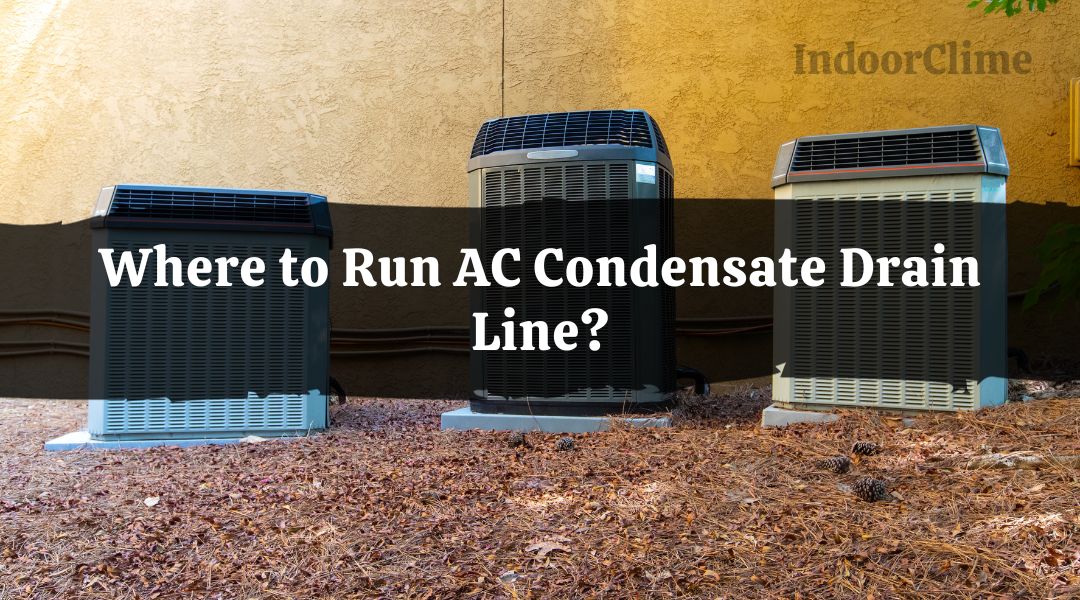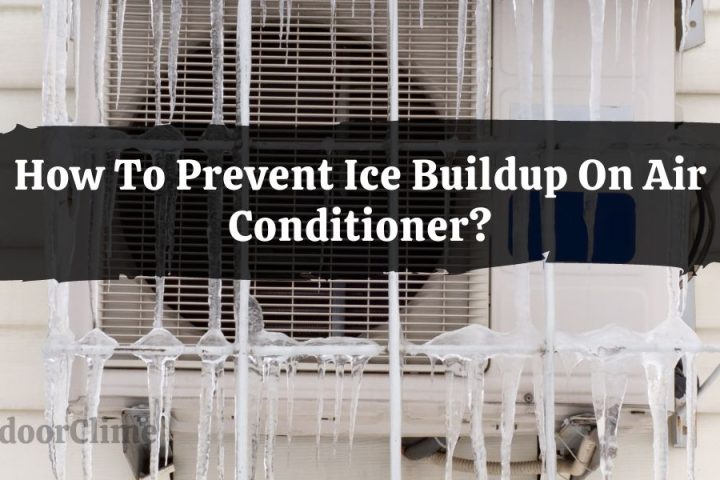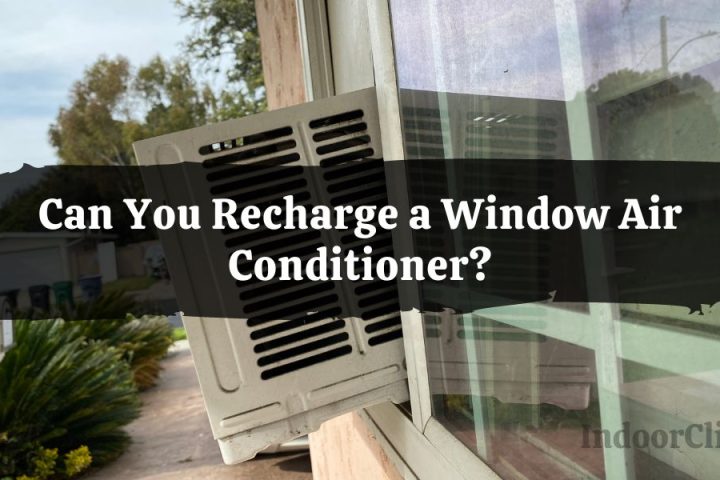During the peak of summer, it’s expected that most people would run their ACs constantly to relieve themselves of the heatwave. A constantly running AC condenses the drain line, causing leakages or water overflow.
So, where do we properly run the AC condensate drain line to prevent problems in the future?
The simple answer is to run the condensate drain line through the household’s indoor unit, which includes your crawl space, garage, attic, or at the top of your gas furnace, to the AC exit point, which consists of the dripping pan.
But it’s easier said than done.
In this article, I will provide more info about the subject matter and assure you that you won’t encounter any problems moving forward.
So without further delays, let’s begin…
What is an AC Condensate Drain Line?
The AC condensate drain line is the pipe system connecting the central air conditioning to the drain outlet outside your home.
The liquid produced by the drain line is due to the condensation of heated Freon from the evaporator coil as the unit runs. This also explains why the air emitting from the rear end of the AC is warm.
The drain lines of your air conditioning unit are typically made of PVC or metal pipes. The lines of the system funnel the humidity coming from the condensed gas.
An iron mesh protects the outlet of the drain system but is visible from the outside. It drips water as your unit is in operation, and moisture accumulates.
This part of the air conditioner unit is among the most critical parts because it prevents the buildup of moisture that could damage the internal mechanism of the unit, such as its insulation and ductwork.
In addition, you need to clean the AC drain lines regularly because the evaporated gas contains compounds that would form gunk in the long run. If you cannot maintain them, especially during the heat of the summer, it could also lead to clogs.
You must remember that clogs result in poor air quality due to the overgrowth of molds and buildup blocking the airflow.
Where to Drain My Condensate Line?

It is usually situated under the outlet main outlet of the AC in crawl spaces, basements, utility closets, or attics.
Below is more detailed info on the process you have to take note of to give you a better perspective.
Find Where the Drip Pan is Located
As mentioned, you must determine where the HVAC or AC unit’s drip pan is first and foremost. And once you have found them, you have to check whether the water is nearing to overflow.
If this is the case, it indicates that the condensate line must be cleared out of the water before it causes damage.
To clean them, you must remove the water from the condensate drip pan using a clean rag or towel or clear them of the condensed gas using a wet vac. Then, use dishwashing soap and warm water to clean the drip pan of algae or mold buildup.
Leave the drip pan for a moment, and put it back under the HVAC or AC unit as soon as it has dried up.
Drain and Clean the Outlets of the Condensate Line
The next step is to drain the outlet or exit point of the condensate line of water and clear it of possible mold or algae overgrowth. The exit point should be on top of the drip pan, that is, the exterior or rear end of the air conditioning unit.
Also, it is usually covered with a PVC cap to protect it from solid debris that would potentially damage the unit and the elements that would promote microbial growth. In this case, using a wet vacuum to clear the pipes of debris or condensation effectively is highly recommended.
The final procedure is to gain access to the pipes’ access point, which should be in the middle of the condensate line or inside the home. It is also covered with a PVC cap to protect the lines from damage.
To clear the pipelines of debris and eliminate the overgrowth of microbes, pour hot water or a solution of lukewarm water and vinegar into the entry point of the middle drain line.
As you do so, you will notice that the exit point will begin dripping again, which should contain the water you poured in and the debris.
Should the AC Drain Line Be Capped?
Yes. The access and exit points should always be capped to protect the lines from damage and prevent the development of microbial growth that would cause clogged or leakages.
Should an AC Drain Line Have Water in It?
The water you see in ACs results from the condensation of Freon and turning it into liquid water. As a result, it contains compounds that lead to gunk buildup over time.
Although it’s an everyday occurrence, regular maintenance includes removing the water and cleaning the pipes.
Does a Condensate Drain Need a Trap?
The condensate drain line does need a trap since it uses the unit’s exhaust system. The trap protects the residents of the household from fumes and gas leaks.
Is it Safe to Pour Bleach Down the AC Drain?
No. Pouring bleach down the AC drain line is unsafe because it will corrode the PVC or metal pipes.
If your lines are clogged, it is best to stick with hot water or a solution of lukewarm water and vinegar.





